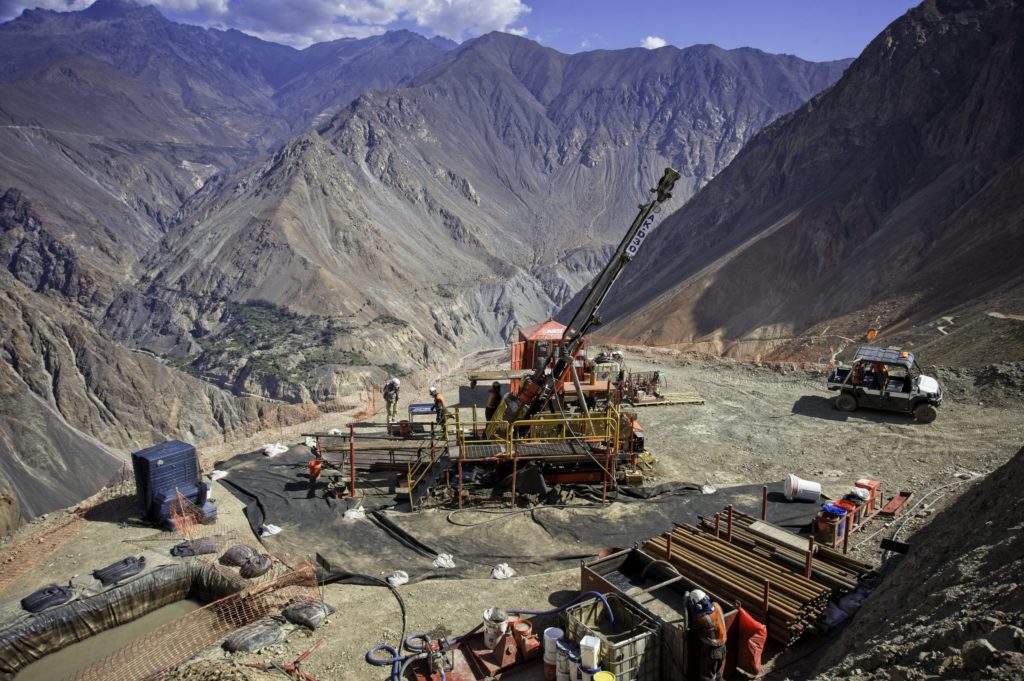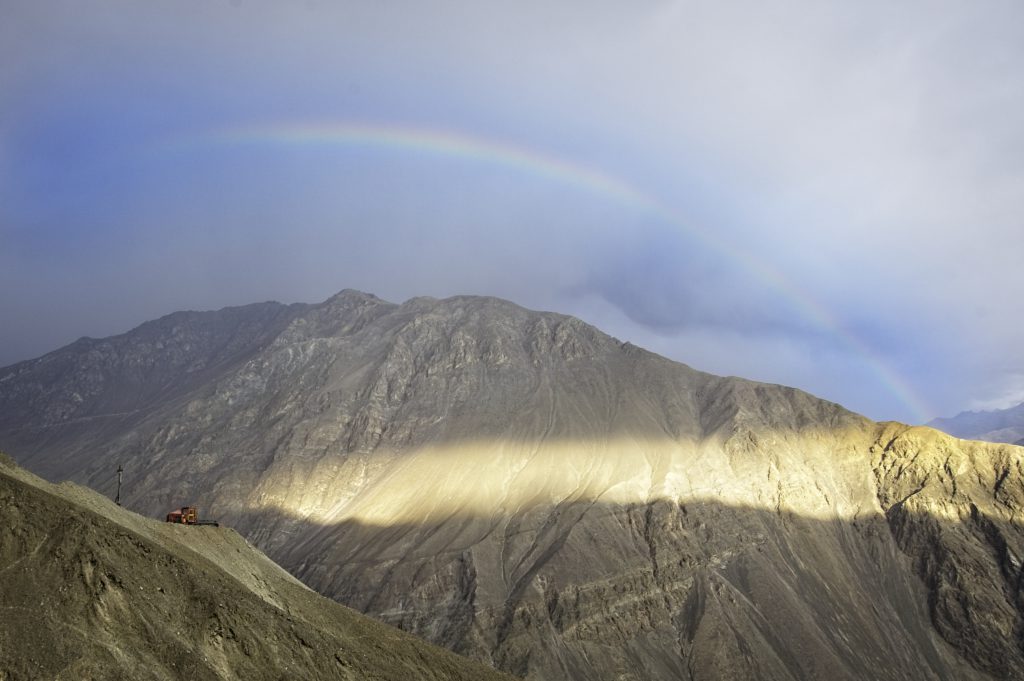JV Article: Element 29 Resources defines first copper-moly resource in mineral-rich Peru


Element 29 Resources (TSXV: ECU) a Vancouver-based copper explorer with projects in Peru, has released its first resource estimates for the Elida project in the Andean nation, with an initial resource soon to follow from its Flor de Cobre project.
Both properties were previously drilled and returned intercepts of potentially economic grades with low observed levels of deleterious elements like arsenic.
“I think this is a very significant initial copper resource estimate that we’ve delivered,” said CEO Steve Stakiw, a geologist who joined the company in April. “The potential to grow this is great. Also, the molybdenum is almost double global average moly grades in copper-porphyry systems and has the potential to enhance the economics of the deposit.”

The initial estimate at Elida, located 250 km north of Lima, outlines 321.7 million inferred tonnes grading 0.32% copper, 0.03% molybdenum and 2.6 g/t silver with a low modeled 0.74:1 strip ratio on the Zone 1 porphyry, one of five porphyry centres on the project. Stakiw said that resource growth potential on Zone 1 remains open.
Element 29 is also initiating its next phase of drilling on the project to test the other porphyry zones at Elida. Stakiw noted that additional metallurgical studies are planned.
A near-surface higher-grade subset of the resource consisting of 34.1 million tonnes inferred at 0.55% copper, 0.037% molybdenum and 4.4 g/t silver at a cut-off grade of 0.45% copper has the potential to be mined with minimal stripping in the initial years of mining at Elida, said Stakiw.
“For me, it’s the ability to take this from an exploration stage project to what I think is a very material copper resource,” he said. “In terms of pounds in the ground we’re at about 2.2 billion contained pounds of copper in just a portion of one of five porphyries.”
E29 is also planning to deliver a resource estimate in late 2022 on the Candelaria zone at Flor de Cobre, which is 250 km northwest of the Chilean border near Arequipa in the Southern Peru Copper Belt.
There is a historical copper resource at Candelaria of 57.4 million tonnes of 0.67% copper that was outlined by Rio Amarillo and Phelps Dodge – now Freeport-McMoRan (NYSE: FCX) in the 1990s. E29 will be updating that resource with data from a recently completed drill program, said Stakiw.
The Southern Peru Copper Belt is a portion of the Andean magmatic arc that hosts numerous economic copper-gold porphyry and skarn deposits.
The Flor de Cobre project also hosts the large Atravesado porphyry target, supported by coincident outcrop geology, surface geochemistry and geophysical responses. Atravesado is located approximately 2 km northwest of Candelaria and is a 1.5-km by 1.6-km circular zone characterized by outcropping copper oxide mineralization in association with quartz vein stockworks and potassic alteration, said Stakiw.
As a junior that’s moving from early exploration to defined resources at its projects, he notes that this transition usually benefits a company’s stock price.
“You look at the opportunity for the company to get that re-rating out there, because as you transition from an explorer to a company with delineated or proven resources, then you’re moving down the development pathway,” he said. “That’s when you ideally start to get better valuations in the market.”
Both E29 projects are at comparatively low altitudes, making exploration and potential development easier, said Stakiw. Some mines in the region are at 4,500 to 5,000 metres elevation. Also, Elida and Flor de Cobre are close to paved regional highways and other infrastructure in pro-development jurisdictions of Peru, he said.
“There are mines and a skilled workforce around us,” Stakiw said. “So, it checks all those boxes. Both our projects have that luxury. For us, that de-risks the development pathway. It’s one thing exploring and finding stuff, but if it’s at high altitude in a remote area that’s anti-mining we know how that ends.”
E29 is in regular dialogue with adjacent communities, maintaining relationships that are open and transparent, said Stakiw, noting some other Peruvian mining projects can be fraught with challenges.
“There are projects like the Las Bambas mine, which is a big copper operation in Peru, it’s near the Southern Peru Copper Belt, but it’s inland a bit, so you’re getting into the agricultural and tourist areas near Cusco and into those areas where it’s much more challenging. The communities can be tougher to negotiate with as there is increased competition for land use.”
Added scrutiny of mining projects around the world is a good thing, said Stakiw, noting responsible companies have an opportunity to set an example. Taking shortcuts isn’t something he’s interested in.
“We do like Peru,” he said. “Obviously, we are biased because that’s where we operate. It’s a great place to be doing business, especially for a copper explorer, because it’s the number two copper producer in the world and has strong exploration and discovery potential given its metal endowment.”
Out of the world’s top 10 largest copper mines, three or four are in Peru, Stakiw said. Most of the rest, he explained, are in Chile, which is the world’s number one copper producer.
“We are in the same belt and just over 20 km on trend from the large Cerro Verde mine,” he said. “I think that’s the number five copper producer in the world, so we’re in a great neighbourhood.”
The preceding Joint Venture Article is PROMOTED CONTENT sponsored by ELEMENT 29 RESOURCES and produced in co-operation with The Northern Miner. Visit www.e29copper.com for more information.
Comments